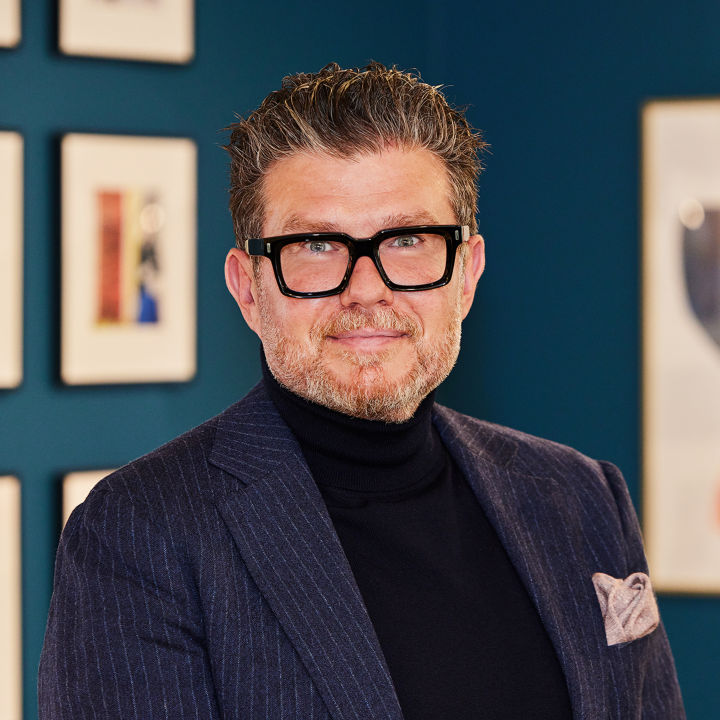The office of the future is an adaptive interconnected hub. In The Flow of Urban Life podcast, Leeson Medhurst, Head of Strategy at Peldon Rose, reveals how technology is transforming the workplace to make it more flexible and sustainable.

Imagine working in an experience center powered by artificial intelligence, the metaverse, and other advanced technologies. This hub adapts to your moods and emotions while empowering you to collaborate and co-create. This is the dynamic, mutable workplace of the future, according to London-based head of strategy Leeson Medhurst.
“It will get to a point where we start creating green rooms as offices where the fabric of the environment will become interchangeable on a day-to-day basis as we see fit through technology.”
Medhurst predicts that Augmented Reality (AR) and Virtual Reality (VR) will significantly transform how we engage with our work environments. And as people start living behind devices, it will become more challenging for real workspaces to compete with virtual ones.
Future working environments will revolve around choice and empowerment.
“We will then need to work harder in terms of engagement, culture, and interactions in the real space rather than just virtually.” But given employees’ disenchantment with the idea of returning to the office, how can companies craft a compelling value proposition for their employees to return? “Fluidity and flexibility are the key,” says Medhurst.
Transforming the workspace experience
He adds that future working environments will revolve around choice and empowerment. This people-centered approach is essential for enticing employees back to the office.
“The first thing is about selling the idea of coming to the office. Many companies are falling short because they lack a communication or marketing strategy for the return to the workplace. What is the value proposition? Why are we suggesting this? And what's in it for me? Why should I come back to this space?”
As businesses find their rhythm for how people will work in the future, they need to be conscious of the environmental footprint while designing new offices or deciding how to leverage older spaces. Medhurst suggests sustainable retrofits as the way forward, particularly in terms of achieving carbon neutrality. By working with the embodied carbon in existing building stock rather than building anew, businesses can minimize their environmental impact.
“We'll only ever be adding more carbon into the environment by starting again.”


